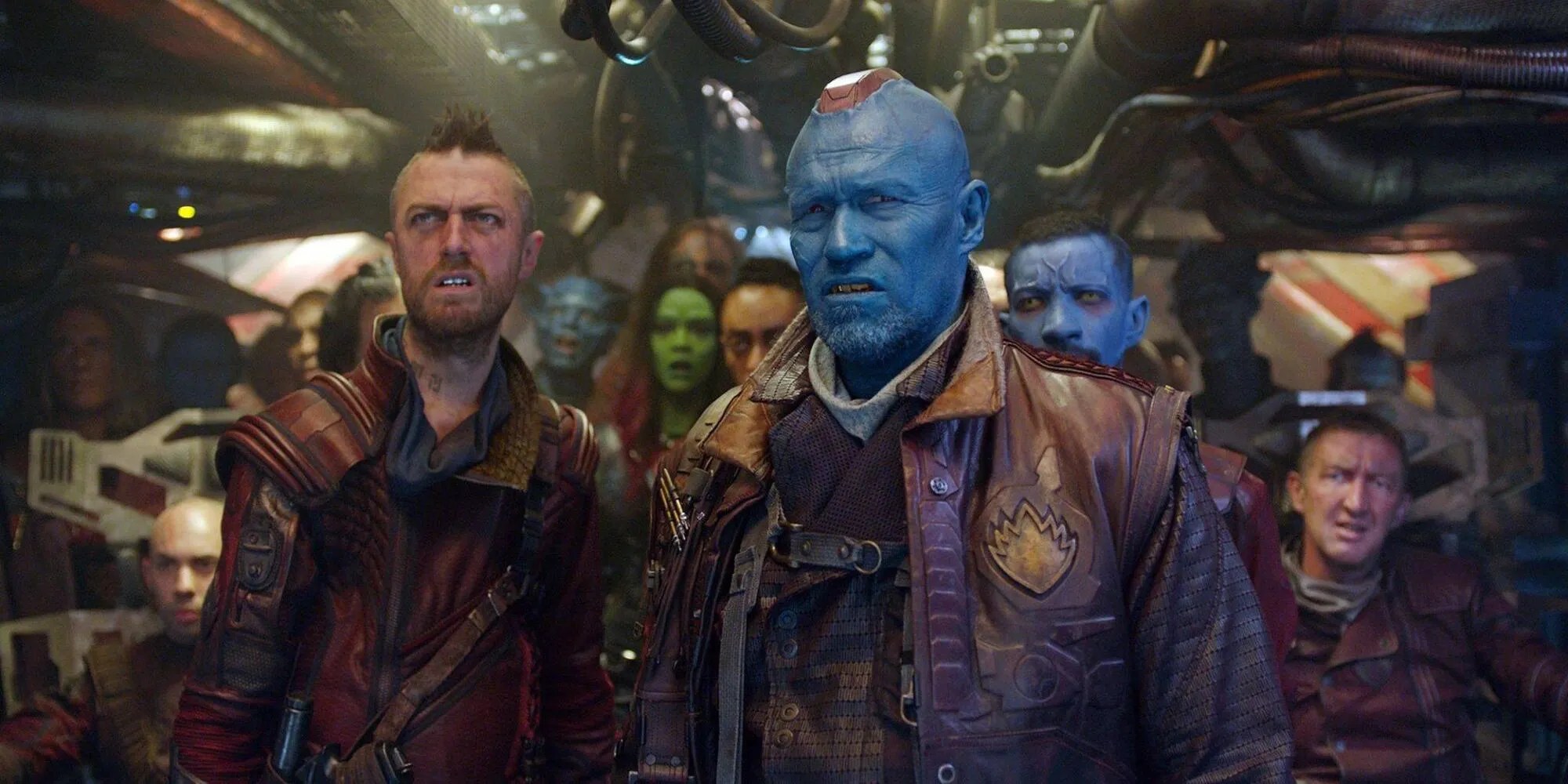Science fiction writers have a long and proud history of translating real-world concepts or tropes of other fiction into their theoretical future to see how things change. While some writers update the concepts to fit the new reality, others prefer to keep the aesthetics of old-fashioned ideas while simply firing them into space.
Stock characters are an important part of almost every genre of fiction. Like thecommedia dell’arteof the 16th century, there are just certain archetypes that are expected to show up in certain narratives.Sci-fi also has itscast of stock characters, one of which has a fascinating evolution from the 18th century to the modern-day.

RELATED:The Floating Continent Trope Of Sci-Fi & Fantasy, Explained
Space pirates are exactly what it sounds like they would be. Pirates, but in space. Any future environment in which space travel is common will still feature some criminal elements. Piracy is one of the most visually intriguing crimes.The golden age of piracyis one of the most beloved historical periods to set fictional stories in. Even today, nautical pirates still exist, they just don’t dress quite as fun. Car and airplane hijacking isn’t as common as it was in the 70s, but any new method of mass travel will undergo a difficult period of crime. There’s a logical explanation for why piracy would still exist in the space-traveling society of the future. Interestingly, however, there’s a step in-betweenthe sea pirates of historyand the space pirates of science fiction.
As early as the late 19th century, sci-fi writers carefully crafted the trope of sky pirates. Distinct from the air pirates who hijack commercial flights to get wherever they need to go, sky pirates are a bit more complex. The first notable example of the sky pirate trope came in Jules Verne’s 1886 novel which is typically known asRobur the Conqueror. It’s also calledThe Clipper of the CloudsorA Trip Round the World in a Flying Machinedepending on the publication date. The tale centers around the eponymous Robur,a mad inventor whoshanghais a pair of scientists onto his fabulous flying machine, the Albatross. Robur’s motivation for aerial kidnapping turns out to be a singular desire to prove that the Albatross is the perfect flying machine. Robur’s captives become convinced they could do it better, leading to competition between the vessels in front of the world. The Albatross wins, but, rather than let his enemies die, Robur snags them up once again. Robur then leaves, convinced that mankind isn’t ready for his fabulous secrets yet.

Sky pirates became less popular as a concept over the 20s, and now primarilyexists in steampunk fiction. One of the great ur-examples of the concept came in the 1935 sci-fi novelThe Red Periby Stanley G. Weinbaum. This is the perfect start for the trope, updating the pirate concept to fit a space-faring future while giving genuine pathos to its crew of criminals. The eponymous Red Peri is a notorious pirate spaceship, and the nickname of its pilot, a nineteen-year-old redheaded woman. The story is told from the perspective of Frank Keene, an engineer who crash-lands on Pluto, next to Peri’s pirate base. Whilst there, he establishes a tense flirtation with the young pirate captain and learns her tragic backstory. As it happens, The Red Peri is the daughter of the ship’s inventor, who was betrayed by a massive intergalactic shipping company. As a result, she and her crew of fellow enemies of the company seek out and attack their vessels in the hope of bankrupting and eventually replacing them. Keene escapes captivity, intending to convince the Peri to give up her life of piracy, but wakes up to find her having disappeared to build a new base elsewhere. It’s a perfect example of the trope.
In 1977, the same year George Lucas introduced the world to debatable space pirate Han Solo, Leiji Matsumoto began writing and illustratingSpace Pirate Captain Harlock.Harlock is the Platonic idealof a space pirate. He’s a classic romantic hero, driven by his sense of justice to right the wrongs of an uncaring universe. A far cry from the criminals and plunderers that make up real piracy, Harlock is a freedom fighter to his core.Space Pirate Captain Harlockis the apotheosis of the trope and the go-to visual example. LikeThe Red Peri, its pirate hero hides noble goals behind a front of skulls and crossbones. This represents the ongoing movement that naturally sees pirates become heroes. The franchise represents the trope’sbiggest appearance in animebut also heralded in countless other examples.
Nowadays, space pirates are seen as an expected partof any space opera. The Ravagers ofGuardians of the Galaxyare violent space mercenaries complete with mutinies and cool jackets.The Expansefeatures space pirates as an ongoing problem for shipping in space.Firefly’s cast of heroes occasionally acts like chaotic good pirates, but the series also features the nightmarish Reavers, which exemplify the darker aspect of the trope. Space pirates have only become more common over the years, and for good reason. They remain a perfect stock character when a writer needs a hero, a villain, or a fun-loving third faction.